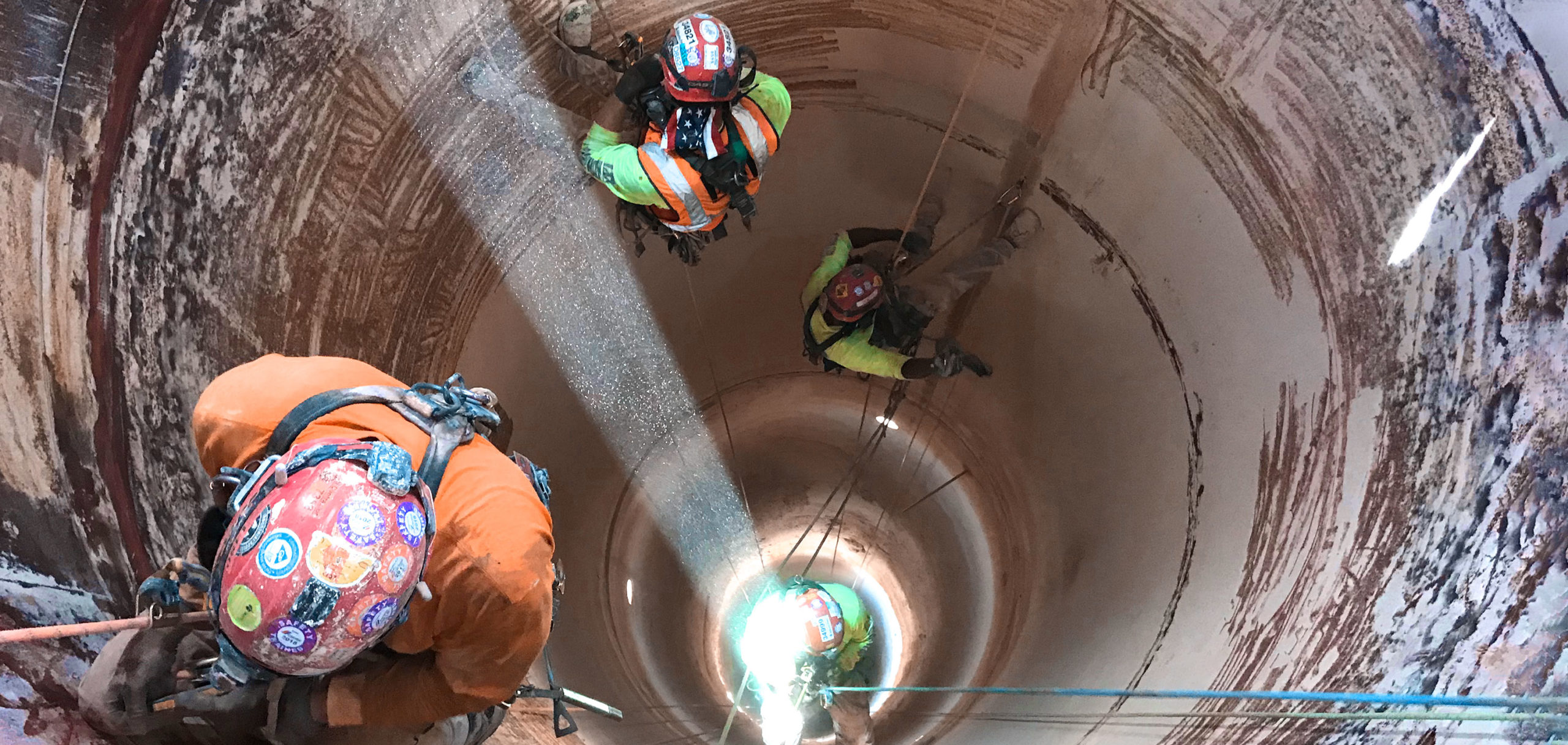Cement & Lime
WORK PERFORMED
- Visual exterior inspection of the structure
- Buildup removal from downcomer interior
- Class II interior inspection with ultrasonic testing
- Duct steel plating repairs and patching
SUMMARY

TIME
7-10 days for the inspection and repairs of duct interior

COST
Performed the inspection and necessary repairs during a single mobilization; Project completed within the outage window

SAFETY
Confined space watch was provided at all times; Project completed with no safety compromises
CLIENT NEED
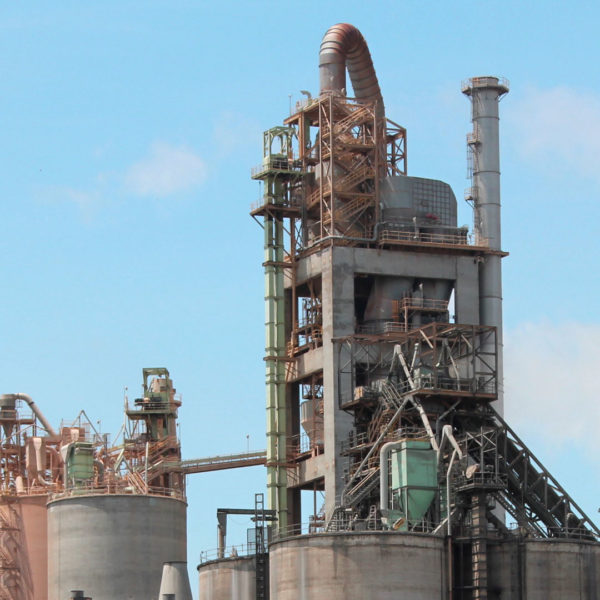
Downcomer duct structure
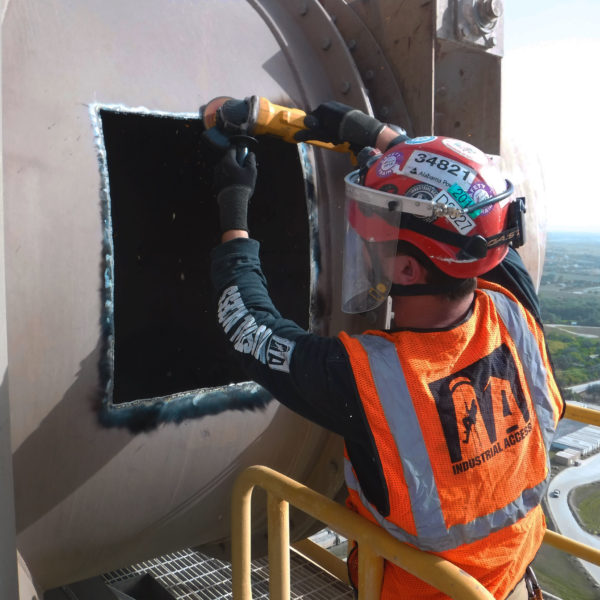
Cutting access openings
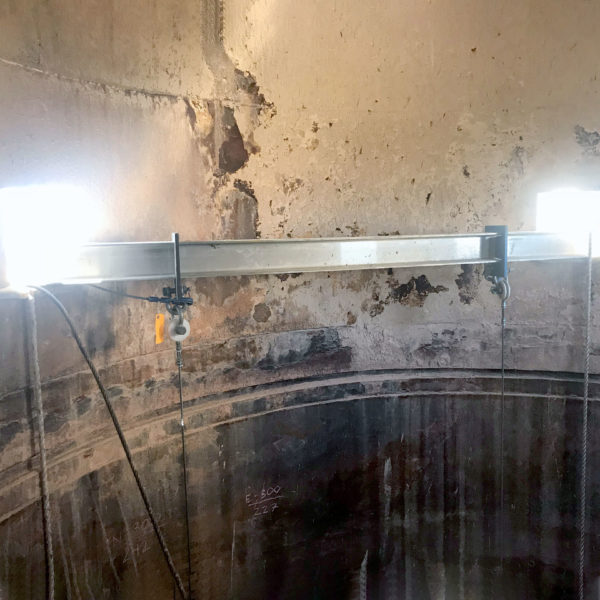
Rope access rigging
ACCESS

Cement buildup inside the duct
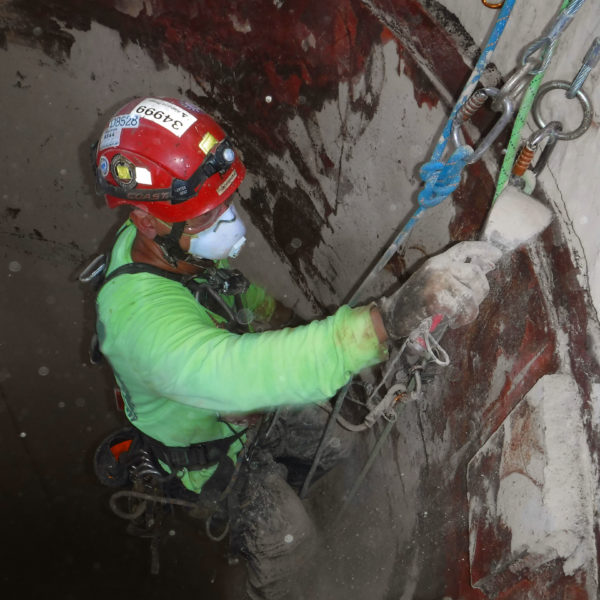
Clearing buildup
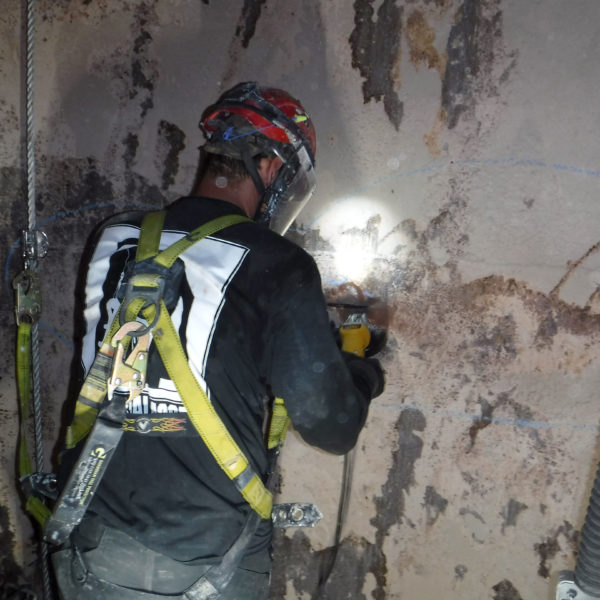
Inspecting the duct
SOLUTION
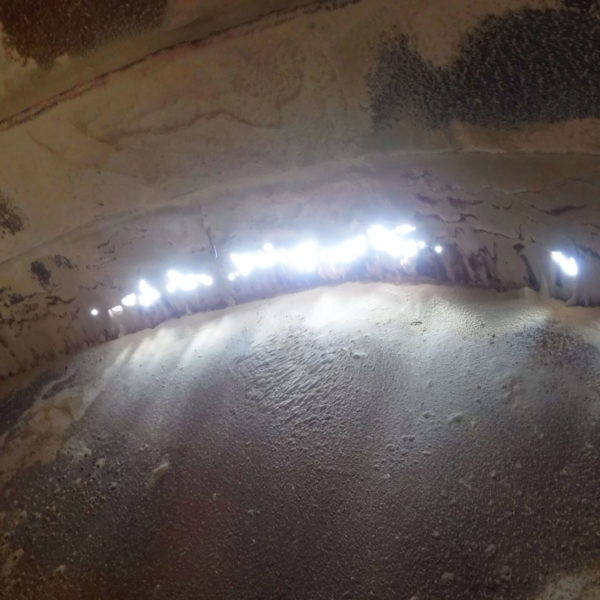
Holes in steel plating
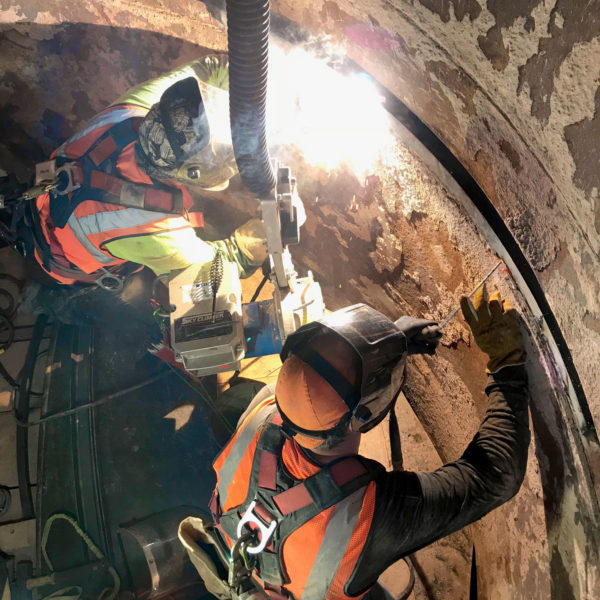
Duct interior repairs
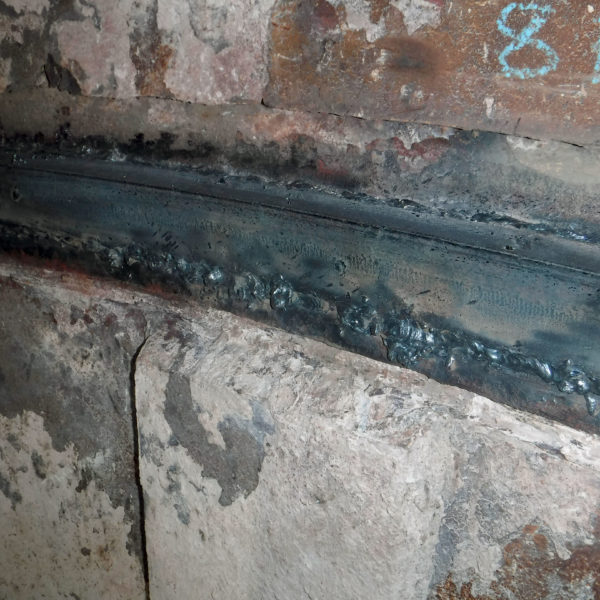
Defects repaired with steel patches
RESULTS

For additional information about our company and services we provide, please give us a call anytime
770-255-1313



